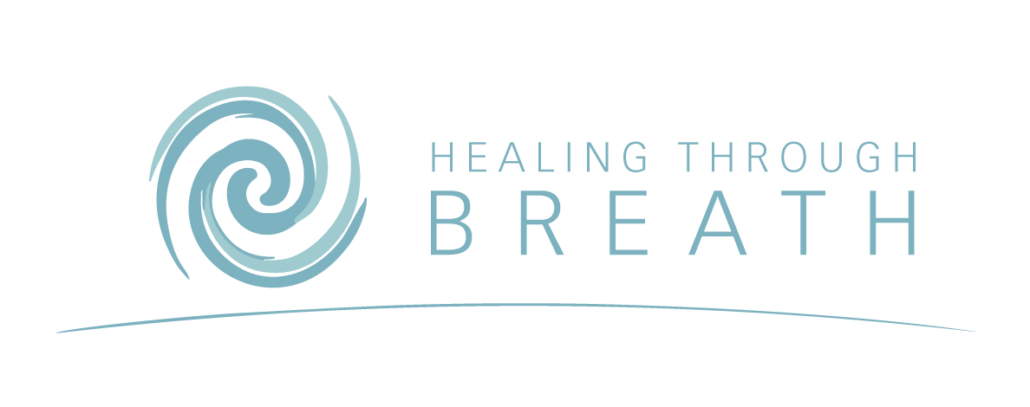Breathwork refers to any type of breathing exercises or techniques. People often perform them to improve mental, physical, and spiritual well-being. During breathwork you intentionally change your breathing pattern.
There are many forms of breathwork therapy that involve breathing in a conscious and systematic way. Many people find breathwork promotes deep relaxation or leaves them feeling energized.
Breathing for awareness, relaxation, improved focus
People practice breathwork for a variety of reasons. Overall, it’s thought to bring about improvements in emotional state and to decrease levels of stress in otherwise healthy people.
People have practiced breathwork to:
- aid positive self-development
- boost immunity
- process emotions, heal emotional pain and trauma
- develop life skills
- develop or increase self-awareness
- enrich creativity
- improve personal and professional relationships
- increase confidence, self-image, and self-esteem
- increase joy and happiness
- overcome addictions
- reduce stress and anxiety levels
- release negative thoughts
Breathwork is used to help to improve a wide range of issues including:
- anger issues
- anxiety
- chronic pain
- depression
- emotional effects of illness
- grief
- trauma and post-traumatic stress disorder (PTSD)
There are several breathwork approaches. You may want to try out a few different techniques over time to see which type most resonates with you and brings about the best results.
Types of breathwork include:
Many mindfulness apps include instructions for focused breathwork. UCLA’s Mindful Awareness Research Center provides some free guided recordings for individual practice. They range from a few minutes long to about 15 minutes long.
Examples of breathwork exercises
Here are a few types of breathing exercises that are used in various practices.

Breathwork defined
Remember the term breathwork refers to different breathing techniques, programs, and exercises. All of these exercises focus on your conscious awareness of your inhales and exhales. These exercises use deep, focused breathing that lasts a specific amount of time.
Below, we’ll go over three breathwork practices in detail so that you have an idea of what differently designed programs are like.
Holotropic Breathwork is a therapeutic breathing technique meant to assist you with emotional coping and personal growth. Holotropic Breathwork was established in the 1970s by Dr. Stan Grof and Christina Grof, a husband-and-wife duo.
Goal: Bring about improvements to your psychological, spiritual, and physical well-being.
What happens during a Holotropic Breathwork session?
- Group guidance. Usually, sessions are done in a group and facilitated by a certified practitioner.
- Controlled breathing. You’ll be guided to breathe at a fast rate for a set amount of time in order to bring about altered states of consciousness. This will be done lying down.
- Music. Music is a part of holotropic breathwork sessions.
- Meditative art and discussion. Afterwards you might be guided to draw a mandala and have a discussion about your experience with the group.
The Rebirthing breathwork technique was developed by Leonard Orr in the United States. The technique is also known as Conscious Energy Breathing (CEB).
CEB proponents consider unprocessed, or repressed, emotions as having a physical impact on the body. This could be caused by trauma or because the emotions were too difficult or painful to deal with at the time.
Detrimental thought or behavior patterns or the way a person has been conditioned to react to events throughout their life, are considered contributing factors for unprocessed emotions.
Goal: Use the breathing exercises as a self-healing practice to help people work on blocked emotions and energy.
What happens during a Rebirthing breathwork session?
- Experienced guidance. It’s advised that you do a Rebirthing session under the supervision of a qualified instructor.
- Circular breathing. You’ll relax and use what is known as conscious connected circular breathing. This is where your breaths are continuous with no spaces or retention between breaths.
- Emotional and physical response. During this time you may have an emotional release thought to be triggered by subconscious feelings and thoughts. Bringing the adverse aspects of past trauma to the surface to be let go of is thought to bring about inner peace and a higher level of consciousness.
Continuous circular breathing
This type of breathing is done using full, deep breaths without retaining the breath. Typical breathing involves a natural pause between exhale and inhale. The continuous inhales and exhales create a “circle” of breath.

The Clarity Breathwork technique was developed by Ashanna Solaris and Dana DeLong (Dharma Devi). It’s similar to Rebirthing breathwork techniques. This practice supports healing and transformation by clearing blocked emotions through the physiological impact of controlling your breathing.
Through this type of breathwork, you practice circular or continuous breathing. Through the practice, you may learn to have a greater awareness of the present moment.
Goals: Support healing, have higher energy levels, experience better mental or creative focus through specific breathing methods.
What happens at a Clarity Breathwork session?
Before a Clarity Breathwork session you will have an interview or counseling session with your practitioner and set intentions for your sessions. You will use circular breathing as you’re guided through the session. The session will end with a time for sharing.
While there are many benefits to breathwork therapy there are certain risks to the technique of which you should be aware. Always talk to your doctor before beginning any breathwork therapy, especially if you have a medical condition or take medications that may be affected by the practice. This includes if you are pregnant or breastfeeding.
It’s recommended that you do not practice breathwork if you have any of the following:
- breathing issues
- cardiovascular issues
- high blood pressure
- history of aneurysms
- osteoporosis
- recent physical injuries or surgeries
- severe psychiatric symptoms
- vision issues
One concern of breathwork is that you can induce hyperventilation. This can lead to:
- clouded vision
- cognitive changes
- decreased blood flow to the brain
- dizziness
- heart palpitations
- muscle spasms
- ringing in the ears
- tingling of extremities
Practicing through a guided recording, program, or reputable organization can help you pace yourself and get the most out of your breathwork.

Your experience and process with breathwork will be unique. Talk to a healthcare provider before doing any breathwork therapies. This is especially important if you have any medical conditions or take medications.
Once you decide which type of breathwork you’d like to try, look for a practitioner with whom you can have one or more sessions. You can find a practitioner by looking online or by seeking a personal recommendation from someone you trust.
Carefully note how you react to any breathwork techniques and discontinue the practice if you find that you are experiencing any adverse reactions.


